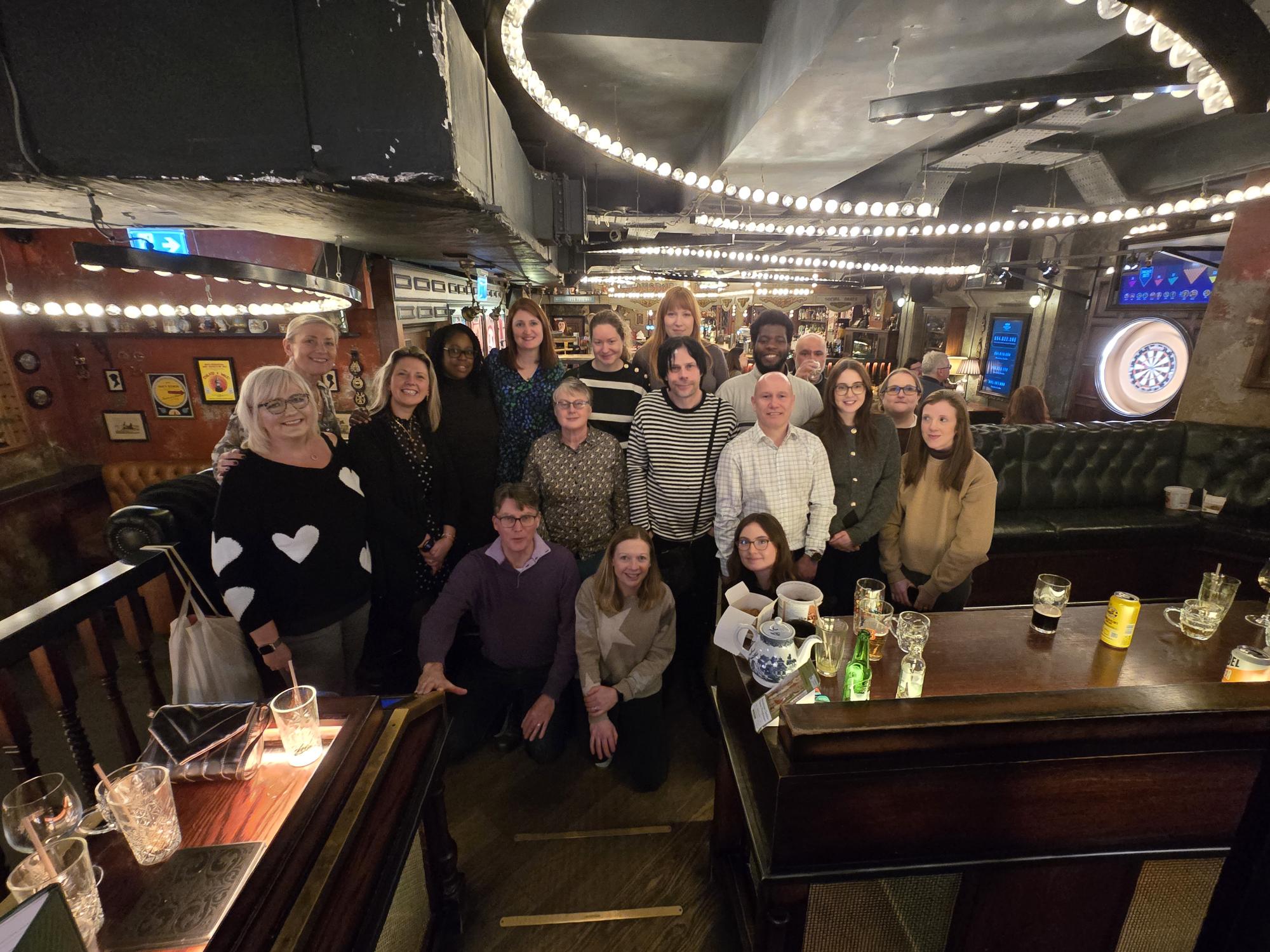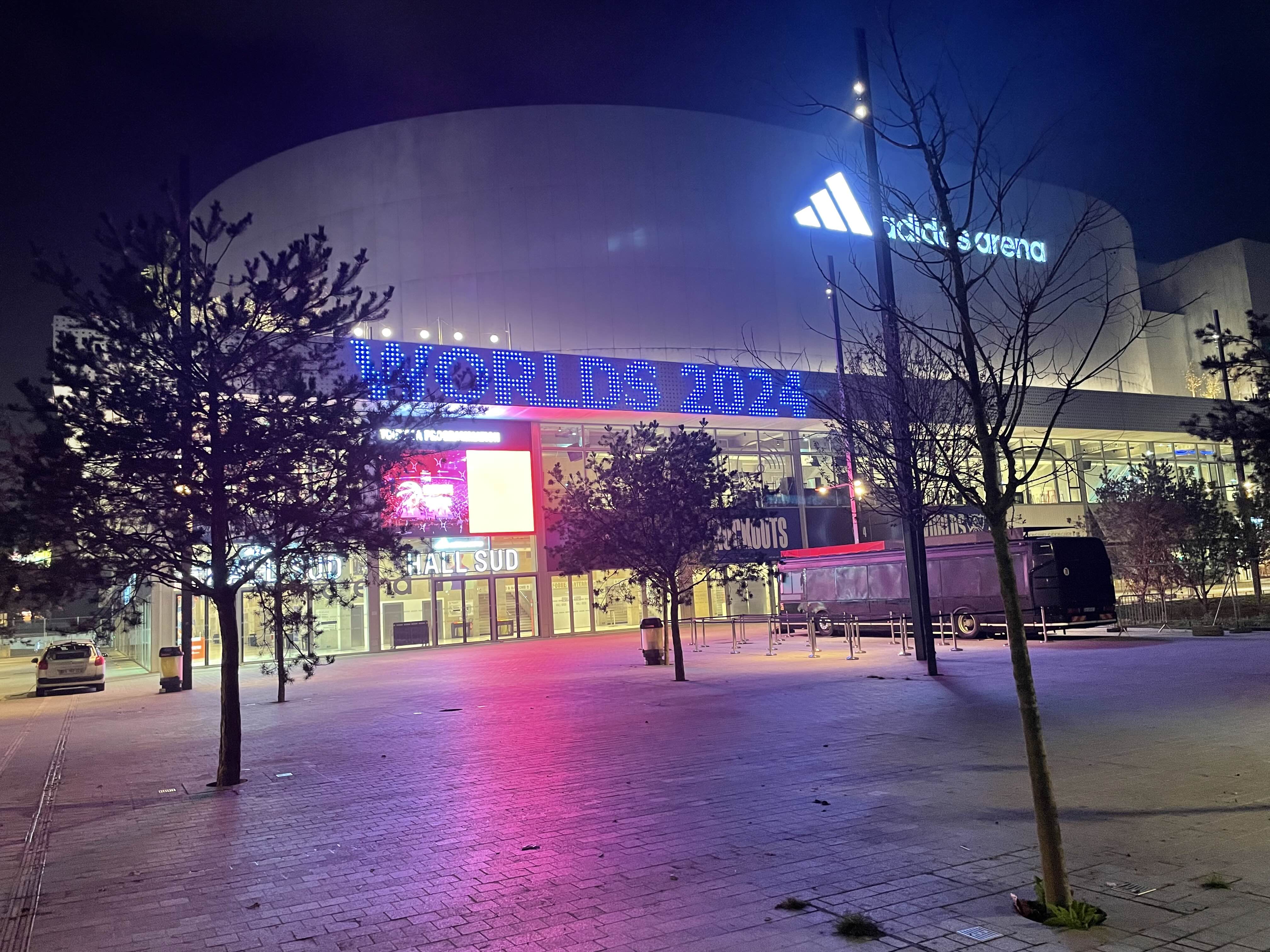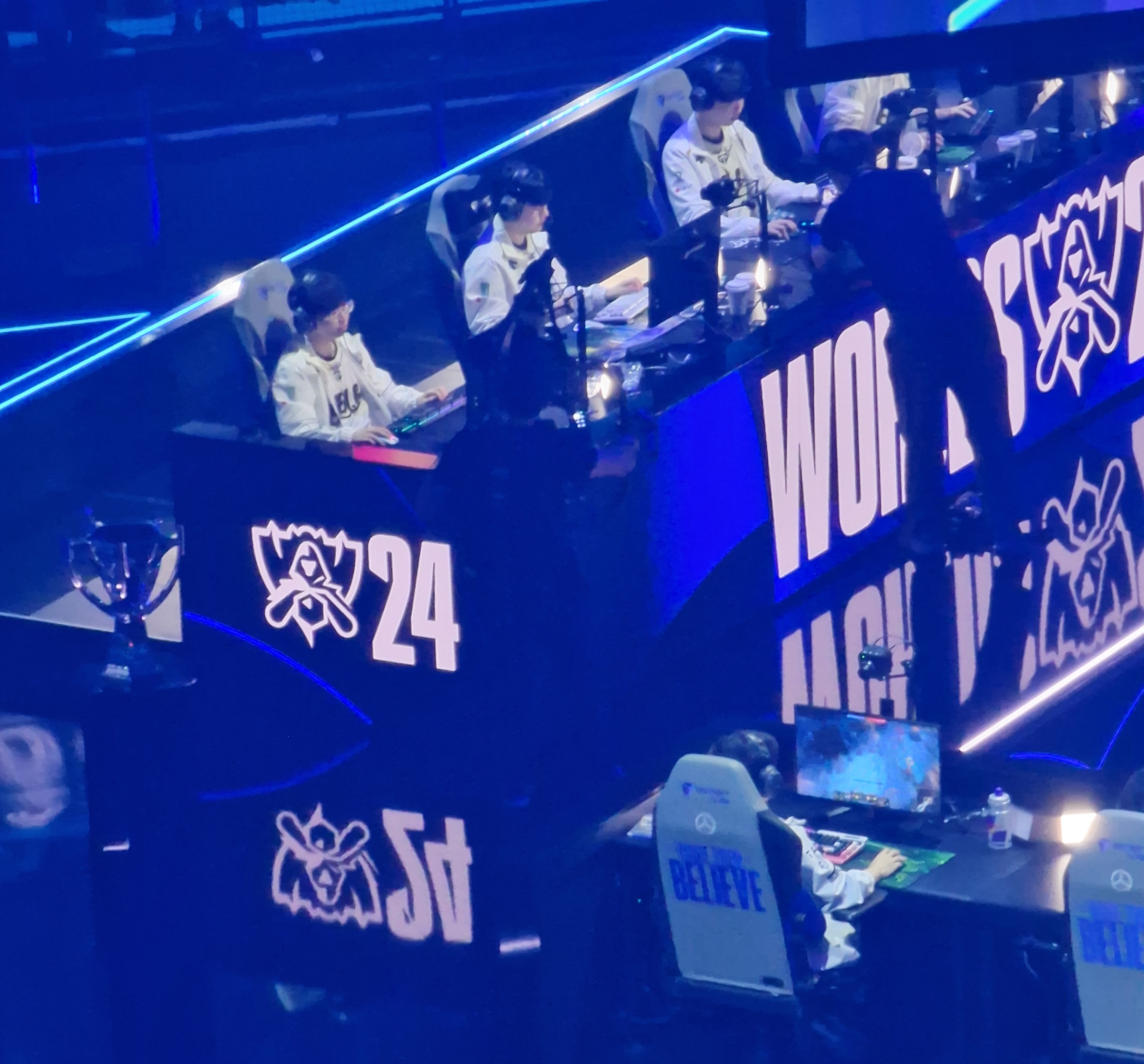STEM Needs Women: How Do We Close the Gender Gap?
February 2025, By Vitalija Narsyte
Women have been pioneers in science, technology, engineering, and mathematics (STEM) for centuries, making groundbreaking contributions that have shaped our world today. The International Day of Women and Girls in Science is a powerful reminder of our invaluable role and the pressing need to bridge the gender gap in STEM careers.
Despite the growing awareness and initiatives to encourage more women to pursue STEM careers, the gender gap remains a significant and urgent issue. Globally, women make up less than 30% of researchers, and gender biases in hiring, promotion, and funding continue to be prevalent. In the UK, women represent only 24% of the STEM workforce, and just 35% of STEM students in higher education are female, highlighting the pressing need to address the gender imbalance in these technical fields.
What’s Holding Women Back?
Societal norms and stereotypes discourage many young girls from pursuing STEM subjects from an early age. Research indicates that girls as young as six years old begin to associate intelligence more with men than women, which can deter them from considering careers in STEM. I was lucky, as I had a natural interest in math and science as a child and was encouraged by my dad to pursue my curiosity. However, I know that many girls do not receive that same encouragement, and this lack of support can have a lasting impact, shaping their confidence and career choices.
The latest Institute of Engineering and Technology (IET) research further highlights the key barriers preventing women from entering STEM fields. According to their findings:
- 45% of women are not encouraged to consider STEM careers in school.
- 32% are put off by how male-dominated the industry is.
- A third of STEM professionals feel that not enough progress has been made in reducing gender-based discrimination in the workplace.
- Fewer than half (48%) believe achieving gender diversity in STEM is possible.
These statistics highlight the systemic challenges hindering gender equality in STEM, demonstrating the urgent need for targeted interventions to create a more inclusive environment.
The Role of Intersectionality in STEM Disparities
While addressing the gender gap in STEM is critical, it’s equally important to recognise the role of intersectionality. Intersectionality is the way different aspects of identity, such as race, ethnicity, socioeconomic background, disability, and sexual orientation, overlap to create unique experiences of discrimination or privilege. Understanding and addressing these intersecting challenges is crucial to achieving gender equality in STEM.
For instance, women of colour in STEM face compounded barriers, experiencing both gender and racial biases that affect hiring, career advancement, and funding opportunities. In the UK, Black women make up just 1.8% of the STEM workforce, and research has found that ethnic minority women in STEM are less likely to receive promotions compared to their white counterparts. This is just one example of how intersectionality can create unique experiences of discrimination in STEM fields.
Recognising these intersecting challenges means that solutions must go beyond gender equality alone. Creating more inclusive policies, fostering diverse role models, and addressing systemic biases in recruitment, retention, and leadership opportunities will ensure a more equitable STEM landscape for all. This approach gives hope for a future where everyone, regardless of their gender or background, can thrive in STEM.
Why Does Gender Diversity in STEM Matter?
More women in STEM is not just about fairness; it leads to better research, innovation, and problem-solving. Diverse teams bring broader perspectives and ideas, enhancing scientific and technological advancements. For instance, studies have shown that gender-diverse teams in engineering and tech create more user-friendly designs, as they account for a wider variety of needs and experiences.
How Can We Close the Gender Gap?
As a Data Analytics Manager at MM-Eye, I see firsthand the benefits of an inclusive workplace. MM-Eye (which recently celebrated two years of Employee Ownership) fosters a culture where every voice matters, leading to greater innovation and a stronger sense of shared purpose.
MM-Eye is also committed to fostering internal growth and development, ensuring that our team members, particularly women in tech-focused roles, have opportunities to upskill and advance. As part of this, MM-Eye has actively encouraged and supported women like me in tech-focused roles to undertake data science training, equipping us with the skills needed to drive innovation. Investing in these learning opportunities empowers individuals and strengthens MM-Eye’s capabilities to deliver cutting-edge analytics and insights.
At MM-Eye, we believe that data and insights play a critical role in shaping inclusive workplaces and supporting women in STEM. Our research helps organisations identify barriers to gender equality, understand stakeholder perspectives, and implement effective strategies to drive positive change. Through our work, we support businesses in creating inclusive environments where women in STEM can thrive.
If you’re interested in learning more about how MM-Eye’s research can help your business create a more inclusive workplace and drive meaningful change, contact us today at info@mm-eye.com or use the form below to book a consultation.











